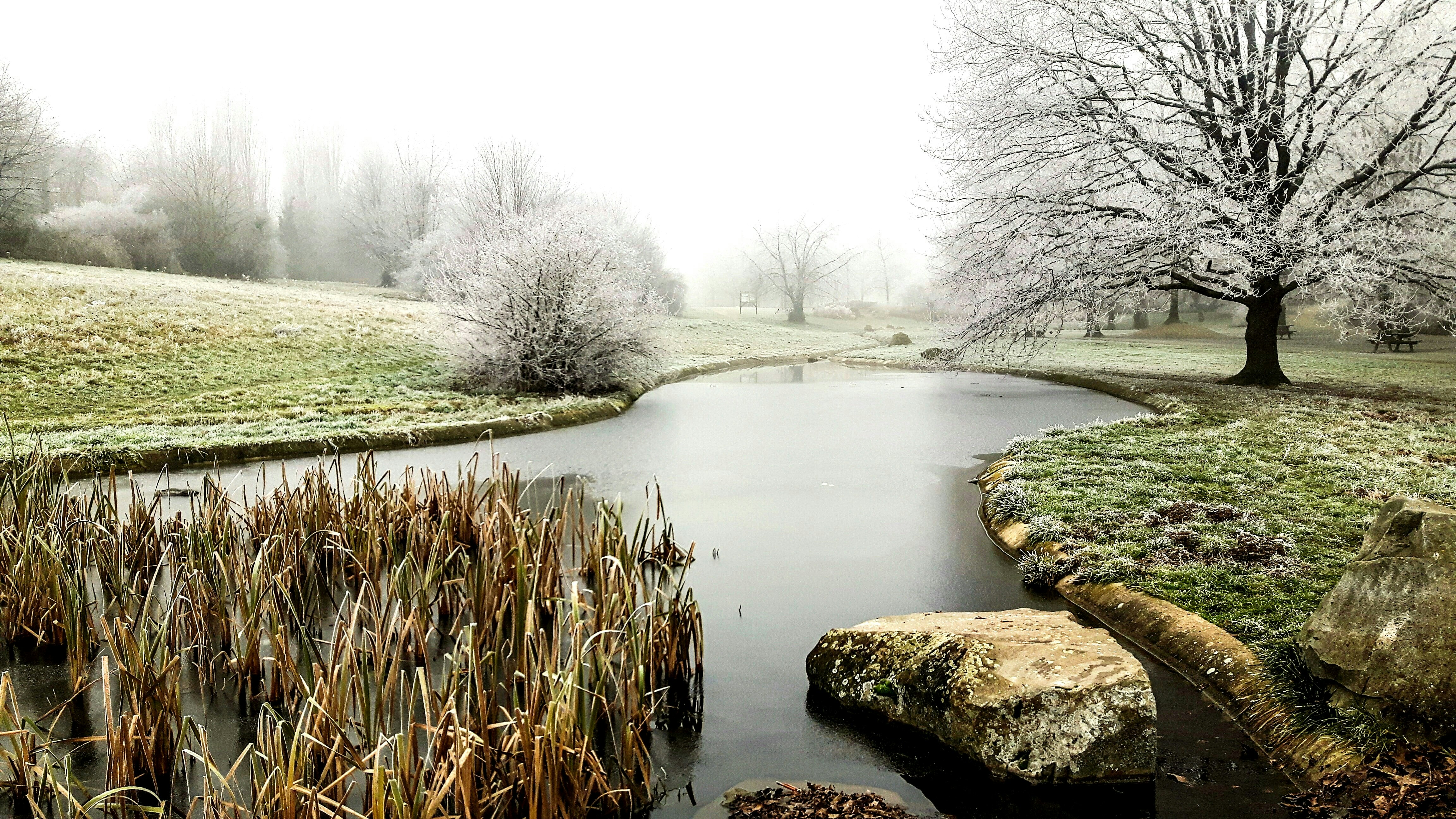Guyancourt: Where modern life is blended with nature
In the southwestern suburbs of Paris, a city of contrasts can be found where innovation meets nature, and urban planning embraces green spaces. Guyancourt, a commune in the Yvelines department, has been transformed from a small rural village into a dynamic urban center, all while preserving its natural heritage and historical roots.

A Tale of Transformation
The history of Guyancourt can be traced back to ancient times, with evidence of human settlement dating to the Neolithic period. However, it was in the 20th century that the town underwent its most dramatic transformation. From a sleepy agricultural village of just a few hundred inhabitants, Guyancourt has been developed into a thriving suburban city with a population of over 28,000.
This remarkable evolution was largely driven by the creation of the new town of Saint-Quentin-en-Yvelines in the 1970s. Guyancourt was incorporated as one of the key communes in this ambitious urban planning project, which aimed to create a balanced living and working environment outside of Paris.
A Hub of Innovation
Today, Guyancourt is recognized as an important economic center in the Île-de-France region. The city is home to numerous high-tech companies and research centers, particularly in the automotive and aerospace industries. The Technocentre Renault, the largest research and development center of the Renault-Nissan-Mitsubishi Alliance, is located here, employing thousands of engineers and designers.
The presence of these innovative companies has attracted a highly skilled workforce, contributing to the city's dynamic and diverse community. This blend of cultures and expertise has fostered an environment of creativity and forward-thinking that permeates all aspects of life in Guyancourt.
Green Spaces and Quality of Life
Despite its modern urban development, Guyancourt has not sacrificed its connection to nature. The city is dotted with numerous parks, gardens, and green spaces that provide residents with ample opportunities for relaxation and outdoor activities. The Parc des Sources de la Bièvre, a vast natural area that includes the source of the Bièvre River, is a particular highlight, offering walking trails, picnic areas, and a diverse ecosystem.
The commitment to maintaining a high quality of life for residents is evident in the city's well-planned infrastructure. Modern amenities, including sports facilities, cultural centers, and educational institutions, are thoughtfully integrated into the urban landscape. The University of Versailles Saint-Quentin-en-Yvelines has a significant presence in Guyancourt, adding to the city's youthful and intellectual atmosphere.
Cultural Heritage
While much of Guyancourt's development is recent, efforts have been made to preserve and celebrate its historical heritage. The 12th-century Church of Saint-Victor, with its beautiful stained-glass windows, serves as a reminder of the town's medieval past. The Ferme de Bel Ebat, a restored 17th-century farm, now functions as a theater and cultural center, blending the old with the new in a uniquely Guyancourt way.
The city also boasts several museums and exhibition spaces that showcase both local history and contemporary art. The Maison de la Poésie de Saint-Quentin-en-Yvelines, located in Guyancourt, is a hub for literary events and poetry readings, adding to the city's rich cultural tapestry.
Looking to the Future
As Guyancourt continues to evolve, it remains committed to sustainable development and innovation. The city is actively involved in projects aimed at reducing its environmental impact, including the development of eco-friendly transportation options and the implementation of energy-efficient technologies in public buildings.
The ongoing expansion of the Grand Paris Express metro network promises to further enhance Guyancourt's connectivity, making it an even more attractive location for businesses and residents alike. This improved accessibility is expected to drive continued growth and development in the coming years.

Guyancourt stands as a testament to the successful integration of urban planning, economic development, and environmental preservation. It offers a glimpse into a possible future where technology and nature coexist harmoniously, and where quality of life is prioritized alongside economic progress.
For those seeking a dynamic urban environment that hasn't lost touch with its natural surroundings, Guyancourt presents an intriguing option. Whether you're drawn by its innovative spirit, its green spaces, or its rich cultural offerings, this modern gem in the Yvelines department is certainly worth exploring. As you plan your visit to the Île-de-France region, consider taking a day trip to Versailles, where you can marvel at the grandeur of the Palace of Versailles, just a short distance from Guyancourt.
Related articles
Show all
The top 15 things to do in Beaune
Nestled in the heart of Burgundy, a charming town awaits discovery. Medieval ramparts encircle cobblestone streets, while prestigious wine cellars lie hidden beneath. This enchanting destination, where history and gastronomy intertwine, offers visitors a taste of authentic French culture. From world-renowned vineyards to architectural marvels, a wealth of experiences can be found in this picturesque corner of France.
Beaune - FRANCE

Nice - The capital of French Riviera
In 2018, France was the most visited country in the world, raking in roughly 89 million people and 220 billion dollars in tourist spending, making tourism one of the largest industries in the country. From the urban metropolis of Paris to the towering mountains of the French Alps, France has something to offer to everyone. But often times, one of the most overlooked locations in France is Nice City, also known as Nice Ville. Located in southern France, Nice is a gem of the Mediterranean. Originally founded by the Greeks in the third century B.C., the city has since grown into a bastion of tourism for France, bringing in 5-10 million tourists every year by plane or private plane.
Nice - FRANCE

Top 15 things to do in Nice
The French Riviera has long been revered as a playground for the rich and famous, but its crown jewel offers an intoxicating blend of natural beauty, cultural richness, and laid-back charm that can be enjoyed by all. Nestled along the azure waters of the Mediterranean, this coastal gem beckons visitors with its sun-drenched beaches, vibrant markets, and centuries of history waiting to be discovered. From leisurely strolls along the iconic Promenade des Anglais to exploring hidden corners of the atmospheric Old Town, an unforgettable adventure awaits in this enchanting corner of the Côte d'Azur.
Nice - FRANCE

Marseille - The oldest city in France
Tucked neatly on France’s southern coast, equidistant between Montpellier and Nice, the port town of Marseille is the oldest city in France and one of the oldest towns in Western Europe. Originally founded in 600 B.C by the Greeks as ‘Massalia’ the port town quickly became one of the most important trade routes of the ancient world and played a great role in the civilization of the Mediterranean.
Marseille - FRANCE

The 15 best things to do in Chartres
Medieval charm and spiritual significance can be found intertwined in the heart of France, where cobblestone streets lead to architectural marvels and centuries of history whisper from every corner. This enchanting destination, just an hour from Paris, offers visitors a journey through time, art, and culture. From its world-renowned cathedral to its picturesque old town, a wealth of experiences awaits those who venture to this captivating French city.
Chartres - FRANCE

Top 15 things to do in Périgueux
Nestled in the heart of the Dordogne region, a charming city awaits discovery. Its winding medieval streets, Roman ruins, and Renaissance architecture blend seamlessly with a vibrant modern culture. This hidden gem offers a perfect balance of history, gastronomy, and natural beauty, making it an ideal destination for travelers seeking an authentic French experience off the beaten path.
Périgueux - FRANCE

 Home
Home Wishlist
Wishlist